unpopular
Been spending a lot of time on here!
I have not seen that book, actually. I may need to check it out.
I am a little bit off from a real test. I don't want to mix chemicals until I am sure that the emulsion is stable, the unhardened areas will melt away and transfer - I am a bit worried about the gelatin baking in - and then if the hardened gelatin will resist transfer. If all these tests come back positive, I'll try a negative.
I am a little bit off from a real test. I don't want to mix chemicals until I am sure that the emulsion is stable, the unhardened areas will melt away and transfer - I am a bit worried about the gelatin baking in - and then if the hardened gelatin will resist transfer. If all these tests come back positive, I'll try a negative.



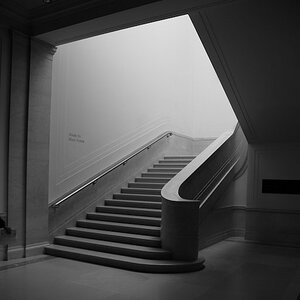
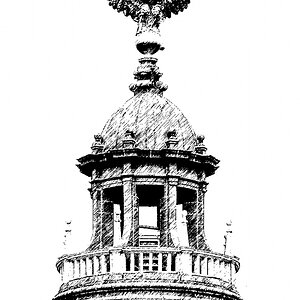

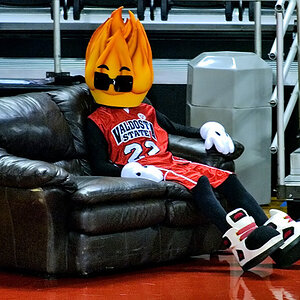
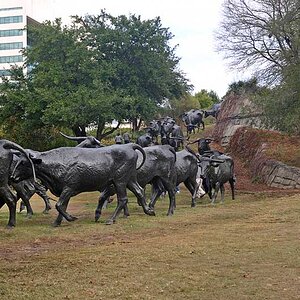
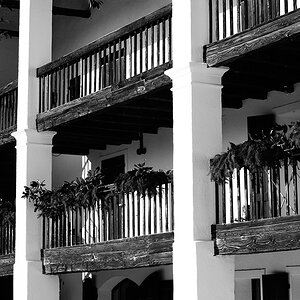

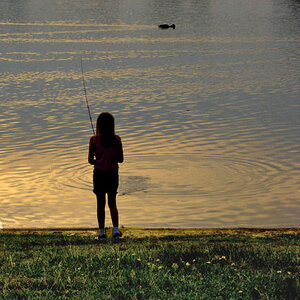
![[No title]](/data/xfmg/thumbnail/37/37619-ccc825bbe41ff30b1d1e808dec8d6932.jpg?1619738152)
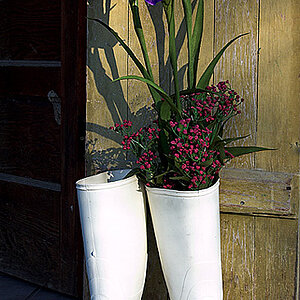
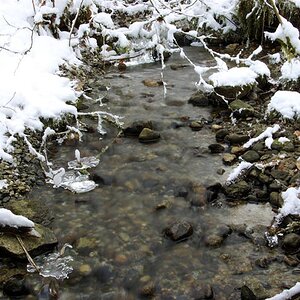
![[No title]](/data/xfmg/thumbnail/37/37621-b86590cf53fc4001d12701ee3091029b.jpg?1619738152)